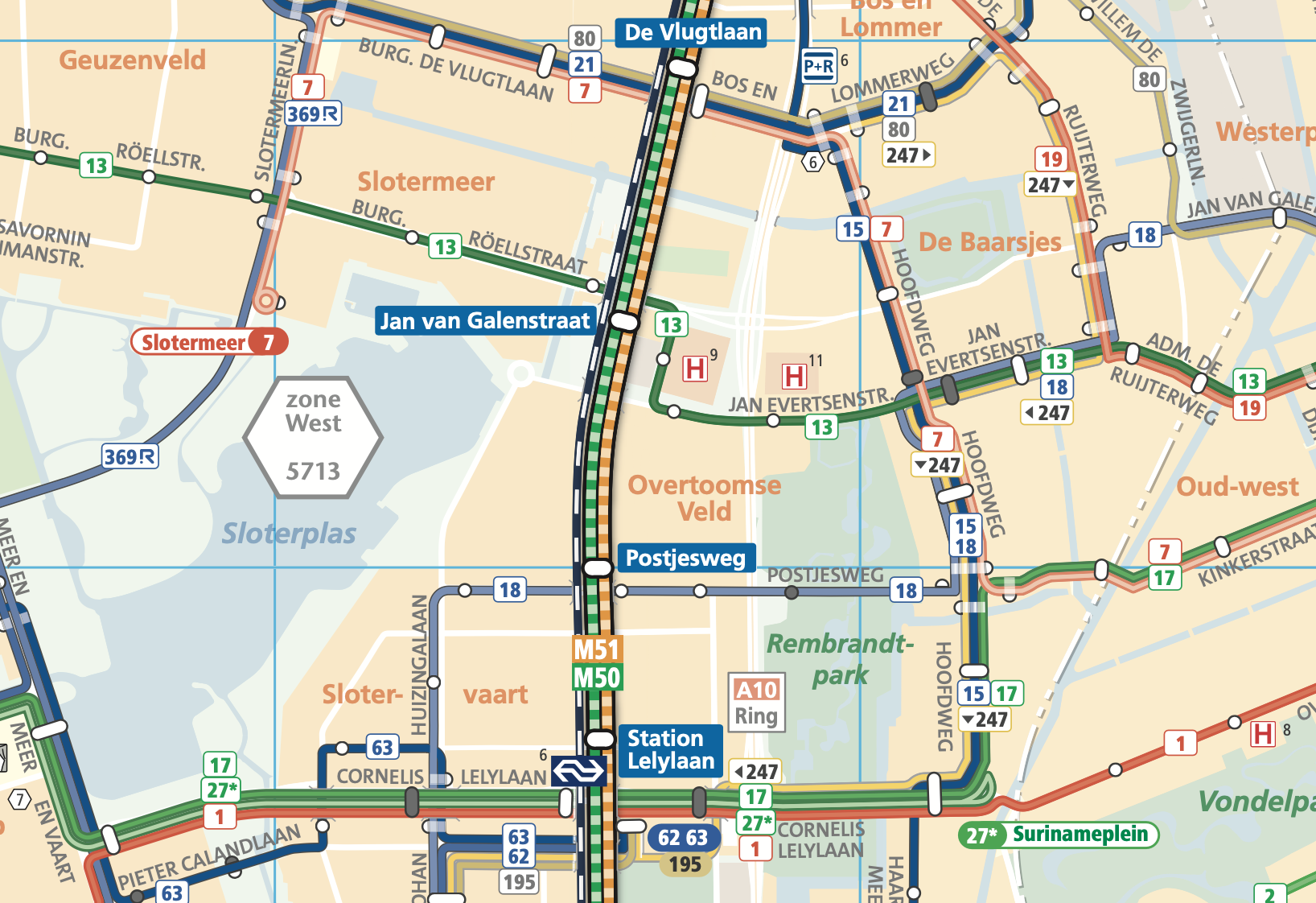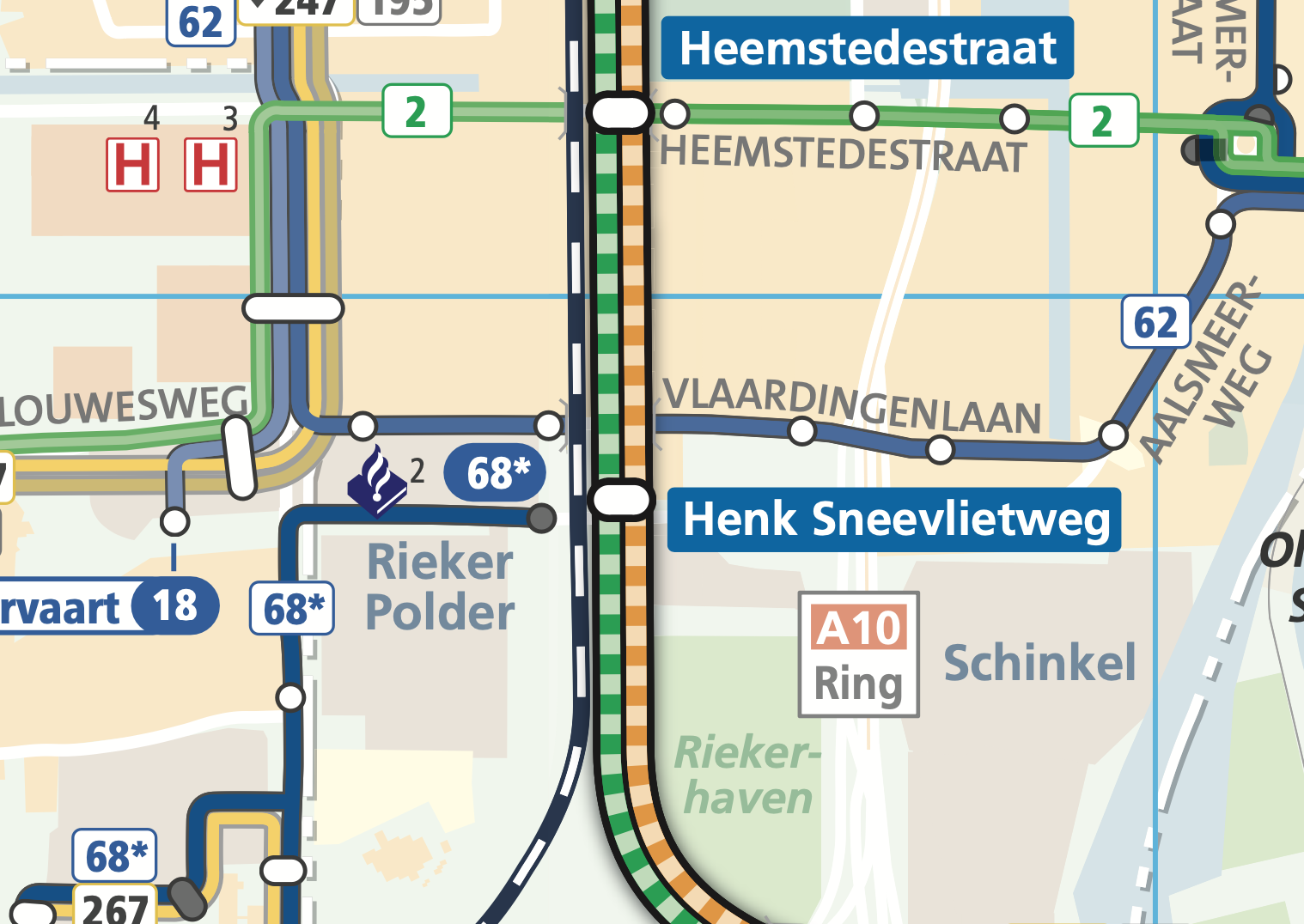Updates
A Ticket System for Government (Or: Let’s Finally Give the Ombudsman Teeth)
The ombudsman, as it stands, is a shark without teeth. It cannot even smell a scandal if it was bleeding before their eyes — can’t sense, can’t bite, can’t act, can’t fix. It’s a watchdog with no jaws. So let’s give it an upgrade or even better give the government such an upgrade that Ombudsman loses the necessity for their entire existence.
This isn’t some grand ideological revolution. It’s just a silly idea for a public ticket system. Silly, but powerful.
Imagine a civic ticket system — not buried in obscure forms, not locked in back-office email chains. Just like an internal help-desk, but for governance. Public, structured, traceable. And smart.
This is what it looks like.
Core Idea
Citizens should be able to report issues publicly — not buried in anonymous inboxes, not hidden behind “ongoing investigation” seals. People already talk about public issues. If people can talk about public issues with their friends, why can’t they track them together too?
A government ticket system could work just like internal systems in IT or customer service — but with a civic twist.
This is not a place for endless debate. It’s a structure to frame problem → proposal → response, cleanly and traceable.
This system proposes a transparent, iterative problem-solving interface where AI is used not to obscure, but to clarify.
The System: Public, AI-Structured, and Transparent
The system is made up of 4 stages — and yes, it uses AI — but only as a tool to help people sharpen what they’re already saying.
Every issue goes through this cycle:
1. Problem Description
a) Citizens submit an issue.
b) The AI cleans up the language, consolidates overlapping inputs, and upgrades the coherence of the report.
c) A public change-log shows the input that evolved the description — all steps visible, all input attributable.
2. Proposed Solution
a) Based on the refined problem description, the AI drafts a solution or possible action path.
b) This is visible to the public as a formal response — no magic, just structured reasoning.
c) This is not a decision. It’s a draft — structured logic, not authority. Only advice.
3. Critique Layer
a) Citizens respond to the proposed solution — a structured challenge to the proposal..
b) Their remarks are also structured by AI — not censored, but upgraded for clarity and grouped by theme or angle.
c) Again, change-logs and input trails are visible. No anonymous edits. No hidden manipulations.
d) in a sense this is the same as step 1 (problem description)
4. Upgraded Solution
a) The AI integrates valid critiques and proposes a refined version of the solution.
b) This is the “feedback-reinforced” stage, where the system attempts synthesis, not endless argument loops.
All stages remain visible — including abandoned tickets, failed resolutions, and ongoing ones. This creates a living public record of issues and proposed governance responses.
This is the synthesis. 1 = 2 + 3 = 4.
Why This Matters
- It forces clarity and traceability. No more vague complaints floating in chaos.
- It turns public input into a collaborative upgrade process.
- It shows which tickets are being handled, stalled, ignored — in plain sight.
- It makes every AI edit accountable, not mysterious.
- It doesn’t replace the ombudsman — it arms them.
Business Model? Sure — But Keep It Public
Yes, this is a product. But no, it shouldn’t be commercialized. This is civic infrastructure. It belongs to the commons.
It could be sold to municipalities, NGOs, or transparency coalitions — but that defeats the purpose.
Build it, release it, and let it run at zero cost. The public has already paid for enough systems that don’t work. This one should.
The value lies not in monetization — but in legitimacy.
Expanded Use: From Complaint Board to Administrative Operating System
What starts as a feedback tool can evolve into a complete civic engine. The system can scale:
- Reported Issue
- Processed Issue (by a public servant or automated filter)
- AI-generated remark on process adequacy (4-stages again)
- Re-open option if resolution was insufficient (4-stages again)
- Cross-department visibility and workflow mapping
- The ticket can go through different departments and the work of each department remains visible.
Each issue flows like a case file, but it’s public-facing and structurally transparent. Departments can adopt the system internally. Citizens and officials see the same state of the case. Updates are traceable.
With enough refinement, this system could even approach pre-judicial arbitration or replace lower-level administrative courts — especially for predictable, repeatable types of disputes (benefits, housing, permit denials, etc.).
At some point a judge and lawyer can then bend over the case after it went through these 3 steps.
Design Philosophy
- Public by default.
- AI-enhanced, not AI-obscured.
- Built around iteration, not resolution-hiding.
- Input is traceable. Reasoning is legible. Logic is public.
- Not built to silence citizens with forms — but to cohere chaos into clarity.
Potential Impact:
If deployed at scale, this would:
- Reduce performative complaint culture (“I ranted online!”) in favor of traceable input.
- Provide oversight journalists and watchdogs with live case data.
- Offer civil servants a way to separate noise from signal.
- Create longitudinal accountability: we’d know what failed, what improved, and why.
- We can track government efficiency through details such as backlog and amount of re-opened cases
Final Thought
Let’s stop treating public concern like noise.
Let’s give it a ticket.
Let’s give the ombudsman jaws.
Give people a way to speak clearly. Let the problems stay visible. Let the fixes be criticized. Let the system evolve in full view.
Democracy doesn’t die in darkness — it suffocates in forms. We’ve normalized arbitrary bureaucracy and opaque complaint systems. But the technology to upgrade them exists. All we’re missing is the will — and the will can be crowd-sourced.
Written by Artorius Magnus
https://tinyurl.com/laconic-utopia World-Peace suggestions @250 articles highschool dropout-autodidact (unofficially 5+ PhD's).
Quotes uit de media...
Pak je kans om NEE te zeggen tegen de nieuwbouw. Enkele Quotes:
Quote: "Zonde om zo'n fraai neoclassistisch gebouw te laten flankeren door zo'n moderne dertien-in-een-dozijnpuist? Spuit u in een tweesterrenrestaurant kwak mayonaise op de rand van uw fraai opgemaakt bordje? Nee, precies."
Vrienden Amsterdamse Binnenstad: "ALARMFASE ROOD.
De gemeente werkt mee aan de realisering van dit krankzinnige bouwplan op het Raamplein... De Welstand is akkoord. Onbegrijpelijk! Het past niet in de historische binnenstad."
Het Parool: "Buurt verzet zich tegen bouwplannen Reinout Oerlemans in de Jordaan: ‘Nog geen gelopen race’."
Van Roosmalen & Groenteman (NPO): "Gek dat Reinout zich vanuit Los Angeles nog bemoeit met onze hoofdstedelijke vastgoedmarkt"
De Telegraaf: "Buurt boos over 'megalomaan' bouwplan Reinout Oerlemans"
AD: "De Eyeworksoprichter heeft zich in de Jordaan impopulair gemaakt"
Mediacourant: "Reinout Oerlemans wil nóg rijker worden, ruziet met halve Jordaan"
Emiel Ratelband: "Reinout geef die 30 zeikerds een ton en dan kop dichthouden. En dan mooi gebouw d’r neerzetten!"
Bijeenkomst gemeentehuis
Beste mensen,
Via de volgende link kunt u zich aanmelden voor een bijeenkomst in het gemeentehuis van Waalre georganiseerd door de organisatie samen op de hoogte.
20 november 19.30.
Uitnodiging
Beste Buurtbewoners,
Zoals jullie wellicht bekend komt er mogelijk een Asielzoekerscentrum in Hoog Dalem. Om uiteenlopende redenen (gebrek aan faciliteiten, locatie ongeschikt etc.
etc.) lijkt veel bewoners dat geen goed idee.
U denk misschien het is toch al beslist. Maar een wedstrijd is pas afgelopen wanneer het fluitsignaal heeft geklonken. we moeten niet op voorhand opgeven. Daarom willen wij graag als buurtbewoners een vergadering plannen op dinsdag 24 oktober 2023 om 20.00u om dit onderwerp te bespreken, zodat wij onze buurt kunnen verenigen. Denk daarbij aan het oprichten van een Stichting (zodat wij als buurt een vuist kunnen vormen tegen de plannen), het aanspreken van politieke partijen, het benaderen van media en het bijeenkomen tijdens de vergadering van de gemeenteraad d.d. 2 november a.s. (dan zal mogelijk worden besloten over de komst van een AZC) etc. etc.
Graag zien we dan ook zoveel mogelijk mensen d.d. 24 oktober a.s. om 20.00u verschijnen bij de vergadering die zal plaatsvinden in hotel Gorinchem Laat even weten of u komt. Hoogdalem@deds.nl
Met vriendelijke groet,
Steven en Henk (buurtbewoners)
Actualiteit: 30km in de stad vanaf 8 december 2023
Vanaf 8 december 2023 geldt 30km/u als snelheid in Amsterdam, op wat uitzonderingen na.
Een vervelende uitzondering is er voor de ontsluitingswegen die direct aansluiten op een snelweg, zoals dus de afslagen vanaf de A10 West.
Als de A10 West 30km/u wordt, een 'ouderwetse' stadsstraat, dan kunnen de afslagen vanaf de A10 West ook 30 worden! Extra reden om de petitie te ondertekenen dus.
Wel moeten dergelijke ontsluitingswegen er dan anders uit zien. De middenberm moet verdwijnen en langszij parkeren moet er ingevoerd worden bijvoorbeeld. Een 2x2 strook kan ook niet. Een strook moet dan busstrook worden bijvoorbeeld.

Zo zou je de bussen die eindigen bij Station Lelylaan een vrije busbaan kunnen geven zodat ze sneller kunnen. Trek ze door over een vrije busbaan naar het Surinameplein om daar over te kunnen stappen op stadsbus 15 of tram 1. Bus 18 of 80 zou over de Jan van Galenstraat op een eigen busbaan kunnen rijden en met een overstap met metro 50/51. Hoewel er hier al een herinrichting komt.

Bus 62 op de Henk Sneevlietweg kan ook een eigen busbaan krijgen om die brede weg te versmallen èn het ov te versnellen:

Olaf Koens over aanval op Gaza: 'Bombarderen ziekenhuis is oorlogsmisdaad'
Correspondent Olaf Koens doet vanuit Israël verslag van de oorlog van Israël met Hamas. Hij vertelt over de aanval vanavond op een ziekenhuis in Gaza.
"Mensen in Gaza gebruiken ziekenhuizen als opvangplekken."
artikeltje in het AD
Er is een artikeltje verschenen in het AD naar aanleiding van onze petitie en vragen die Groen Links gemeenteraadslid van Keulen heeft gesteld aan het college (van burgemeester en wethouders)
.
Tweedekamer.nl: Petitie 'Verhoog de wegenbelasting voor campers niet' 24 oktober 2023 13:45 - 14:00 uur
Aanbieding petitie 'Verhoog de wegenbelasting voor campers niet' op 24 oktober.
Bron: tweedekamer.nl
Zie ook over petitie indienen en uw bezoek aanmelden..
Deel de petitie
Erg bedankt voor de mensen die al getekend hebben maar we zijn er nog niet deel de petitie met zoveel mensen als uw kunt zodat we dit kunnen opsturen naar de 2 de kamer .